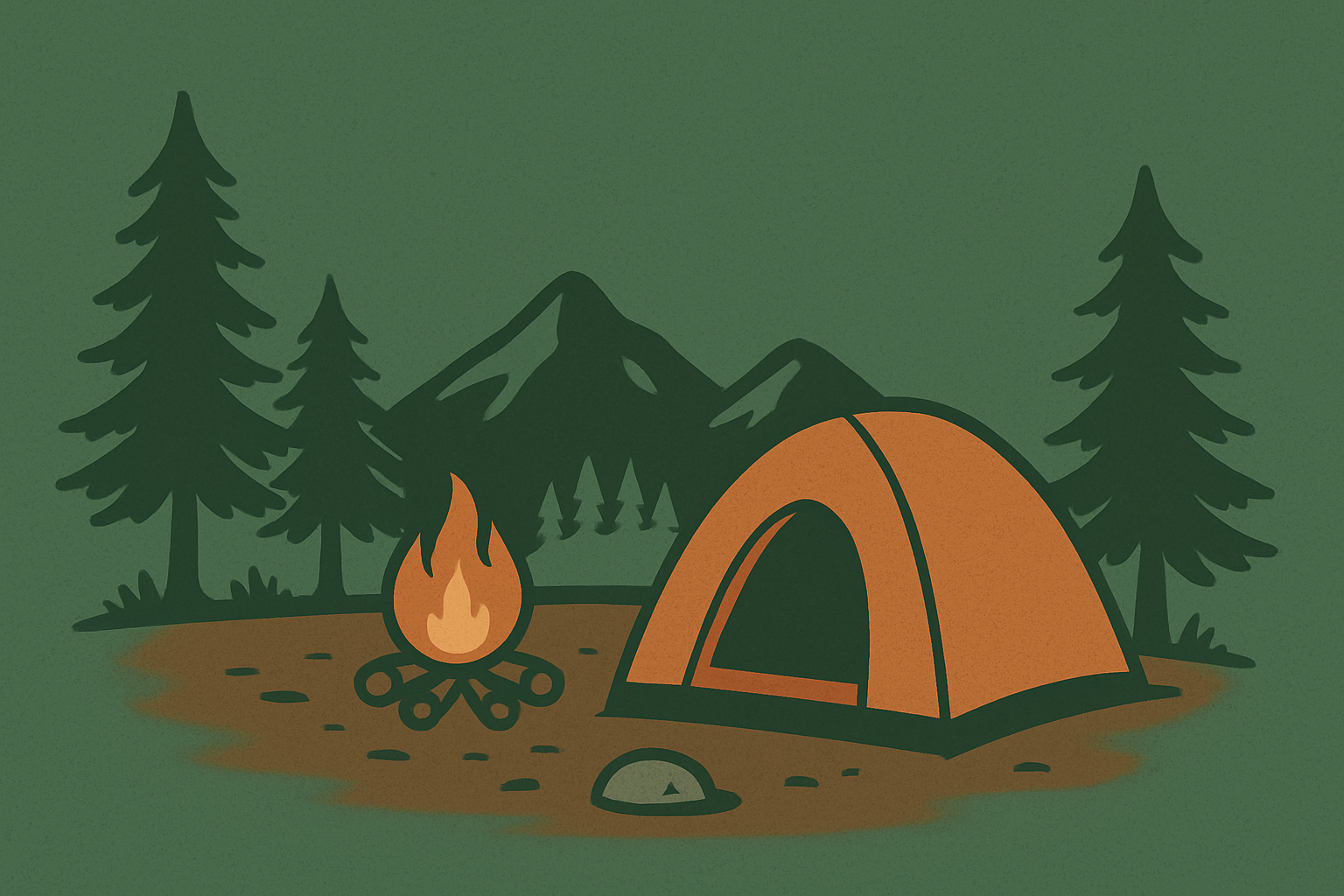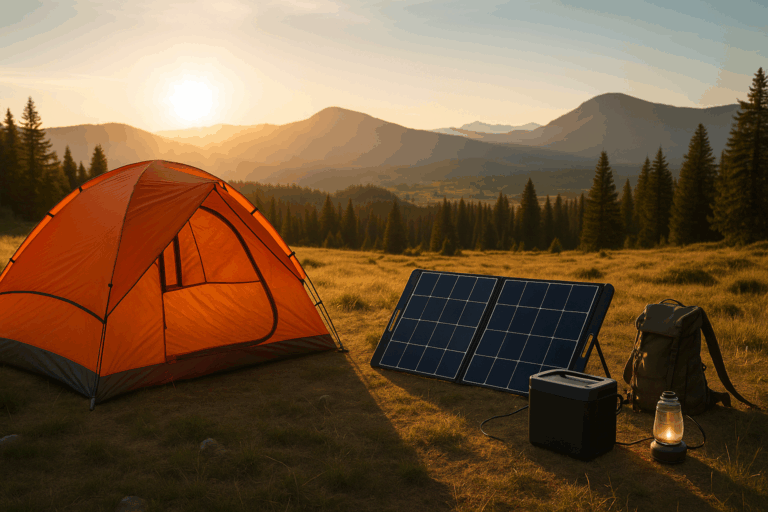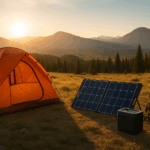Camping is one of the most rewarding ways to connect with nature—but how you camp matters. Sustainable camping ensures that wild places stay wild for future generations. Whether you’re a weekend warrior or heading out on your first backpacking trip, understanding the Leave No Trace principles is a must.
In this beginner’s guide, we’ll break down each principle and share actionable tips to reduce your impact and become a more responsible adventurer.
What Is Leave No Trace?
The Leave No Trace framework consists of seven core principles developed by the Leave No Trace Center for Outdoor Ethics. These guidelines help outdoor lovers minimize their footprint and keep nature pristine.
🏕️ The 7 Principles of Leave No Trace
1. Plan Ahead and Prepare
- Know the regulations and special concerns for the area you’ll visit.
- Prepare for extreme weather and emergencies.
- Minimize waste by repackaging food and planning meals smartly.
- Choose appropriate gear for both sustainability and safety.
2. Travel and Camp on Durable Surfaces
- Stick to designated trails and campsites whenever possible.
- Camp at least 200 feet away from lakes and streams to protect water sources.
- In remote areas, spread out use to avoid creating new trails.
3. Dispose of Waste Properly
- Pack out all trash, leftover food, and litter—yes, even organic waste.
- Use catholes (6–8 inches deep, 200 feet from water) for human waste.
- Wash dishes at least 200 feet away from streams or lakes, using biodegradable soap.
4. Leave What You Find
- Take photos, not souvenirs.
- Don’t build structures or dig trenches.
- Avoid touching or disturbing cultural artifacts, rocks, or plants.
5. Minimize Campfire Impacts
- Use a camp stove instead of a fire when possible.
- If fires are allowed, use existing fire rings and keep them small.
- Burn only small sticks that are dead and can be broken by hand.
6. Respect Wildlife
- Observe animals from a distance—never feed them.
- Store food securely and follow local bear-safety rules.
- Keep pets leashed and under control.
7. Be Considerate of Other Visitors
- Yield to other hikers on the trail.
- Keep voices and music low.
- Camp away from trails and other groups to preserve solitude.
🧭 Extra Sustainable Camping Tips
Want to go above and beyond? Try these bonus sustainability hacks:
- 🛍 Use eco-friendly gear: Bring reusable utensils, solar chargers, and refillable water containers.
- 🚙 Reduce your carbon footprint: Carpool, bike, or use public transport to trailheads when possible.
- 🛒 Support local businesses: Buy supplies from local outfitters and farms.
📍 Where to Practice Leave No Trace: Oregon Edition
Living in or visiting Oregon? This state is packed with breathtaking campgrounds perfect for sustainable camping. A few top picks:
- Willamette National Forest – old-growth forests, rivers, and wildlife galore.
- Crater Lake National Park – crystal-clear water and strict conservation practices.
- Mount Hood National Forest – amazing for dispersed camping and scenic hikes.
Make sure to check regulations for campfires, permits, and trail conditions before heading out.
🌎 Final Thoughts: Respect Nature, Leave It Better
Sustainable camping isn’t just a trend—it’s a commitment to preserving the beauty and health of our planet. The Leave No Trace principles are your roadmap to responsible adventure. Master them, live by them, and inspire others to follow suit.








